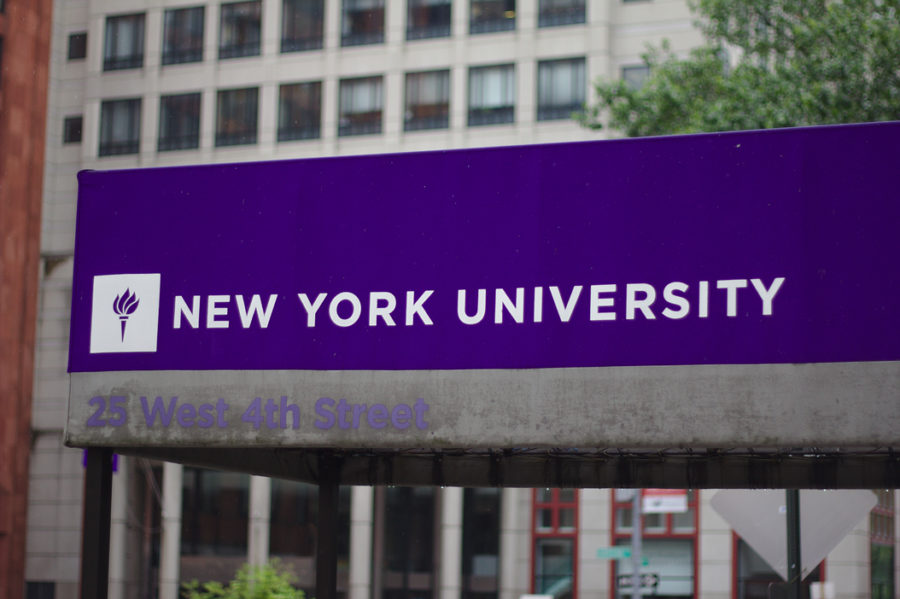With the costs of college and student debt looming for many students, that some universities are helping make their degrees more affordable is a refreshing notion.
New York University announced Friday that it will be instituting a new way to make its education more affordable. While the school already raised student wages to $15 an hour and froze costs for housing and meal plans last year, NYU is now giving students options to save on tuition by being able to graduate in less than four years.
The new method is an innovative way to ease the burden of college costs on students — especially for NYU where undergraduates pay upwards of $60,000 a year — and a commendable example of a university giving students what they need to succeed.
The new program, called NYU Accelerate, will create more two-credit course offerings for students in the College of Arts and Sciences. Four departments in the College launched new two-credit classes this year, with a combined enrollment of over 200 students, and more will be offered in the coming year. At NYU, as with Pitt, full-time tuition pays for any course load between 12 and 18 credits. So the option for two-credit classes offers students flexibility for courses and the ability to take more credits in a more manageable way. The program also includes training advisers to help students find ways to use their credits more efficiently, shaving time off their college careers.
While the program is an inventive way to positively affect college affordability in the short term, it’s certainly not a sustainable solution to cure rising tuition and student debt long-term. While we herald NYU and other universities for their ability to cut costs and save students valuable dollars in the meantime, we still need to be searching for ways to make college more affordable for all students, no matter how long it takes them to graduate.
According to the U.S. Department of Education, less than 60 percent of Pitt students from 2008-2011 graduated in four years — compared with 62 percent at Pennsylvania State University, 69 percent at Carnegie Mellon University and 88 percent at the University of Pennsylvania. This means 40 percent of students at Pitt are paying more than they anticipated to complete their degrees. But Pitt has yet to offer innovative solutions to help its students balance the cost of tuition and other fees. The University’s Dietrich School of Arts and Sciences advising center did not comment on any current or future plans to increase affordability for students in time for publication.
Students rushing through semesters to save money isn’t a new trend. But institutionalizing the practice is a much newer occurrence as college students today must find better ways to finance and finish their degrees. NYU acknowledged their changes may not benefit every student, nor is it best for every student to take advantage of them, but they do present a way for students to save money right now while the nation figures out how to deal with the larger student debt crisis.
That larger issue is one in dire need of attention. But in the meantime, universities like Pitt should be taking the initiative to help decrease their costs for their students, even in minimal ways like increasing opportunities for food sharing or paying their students workers a higher minimum wage. NYU started modestly, and their changes grew from there. They first increased tuition costs by the smallest margin in two decades last year before moving on to the new Accelerator program this spring. And other schools around the country can make similar changes that have big impacts on students and their wallets.
Today, college is often a necessary expense for many American students. And while the debate on costs and loans rages on, universities should be doing everything they can to make changes that are helpful and attractive for what should be their main priority: the students.


